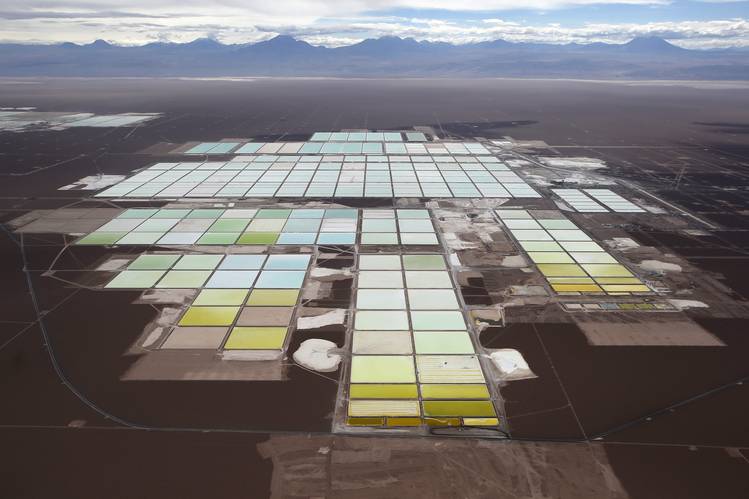
Sizeable surpluses in the lithium, cobalt, and nickel markets have led to a plunge in the prices of key battery metals over the past year and a half. The price rout is far from over, according to Goldman Sachs.
Prices still have room to drop, and the end of the bear markets is nowhere in sight, the Wall Street bank said in a note this week.
“Despite the significant downside in battery metals prices, with nickel, lithium and cobalt prices down 60%, 80% and 65% from cycle peak, respectively, we believe it is too early to call a decisive end to these respective bear markets,” Goldman Sachs analysts wrote in a Tuesday note carried by CNBC.
The bank’s strategists see further price declines over the next 12 months – they forecast a 12% drop in cobalt prices, 15% in nickel, and a 25% plunge in lithium carbonate prices.
In the lithium market, slowing growth in electric vehicle sales, including in the top EV market, China, and a market oversupply sent lithium prices crashing by 80% in the past year, prompting lithium miners to pause and scale back expansion projects. After warnings of project reviews and moves to preserve cash from U.S. and Australian lithium mining firms, some of China’s biggest miners also warned of a plunge in profits and potential asset write-downs.
The crash in lithium prices over the past year is holding back reinvestment in new supply, the world’s largest lithium producer, Albemarle, says.
Yet, the deferral of new supply developments amid the low prices is setting the stage for the next lithium supply crunch later this decade, according to executives and analysts.
Oversupply is weighing on the cobalt market and prices, too. The surplus could last for years, until 2028, according to an annual report by UK-based cobalt trader Darton Commodities, cited by the Financial Times.
Production ramp-ups in Indonesia and by Chinese producer CMOC in the Democratic Republic of Congo boosted supply by 17% last year, compared to demand growth of 12% amid slower EV demand growth, Andries Gerbens, director of Darton Commodities, told FT.
The nickel market has also been a bear market for some time amid oversupply.
Top nickel exporter Indonesia said last week that the country would ensure a well-supplied market to keep costs lower for EV manufacturers, and investors shouldn’t expect a price recovery.
Some nickel producers have already announced output curtailments due to the price plunge.
“The glut is so significant coming out of Indonesia and that’s now impacting on Class-I nickel prices. We do expect that could continue until the end of the decade,” Mike Henry, chief executive at mining giant BHP, said on an earnings call last month.
Despite the plunge in nickel prices, Indonesia is unlikely to slow its supply, as it is more resilient to potential output cuts due to cheap labor, subsidized power, and abundant raw materials, Ewa Manthey, Commodities Strategist at ING, said last month.
“Meanwhile, the newly elected president of Indonesia, Prabowo Subianto, is likely to continue the current government’s mining policies in the country. We believe rising output in Indonesia will continue to pressure nickel prices this year,” Manthey noted.
But some analysts expect the surplus to begin shrinking earlier than feared and nickel prices to recover earlier than expected.
Macquarie analyst Jim Lennon believes the nickel price rout is close to an end, as evidence on the ground in China suggests a much stronger demand than official data.
“Essentially, demand in China was much stronger than most people had in their numbers,” Lennon told The Australian Financial Review this week after returning from a recent trip to China.
The surplus this year would be much smaller than previously expected, which could prompt the market to “correct a lot more quickly,” Lennon added.
